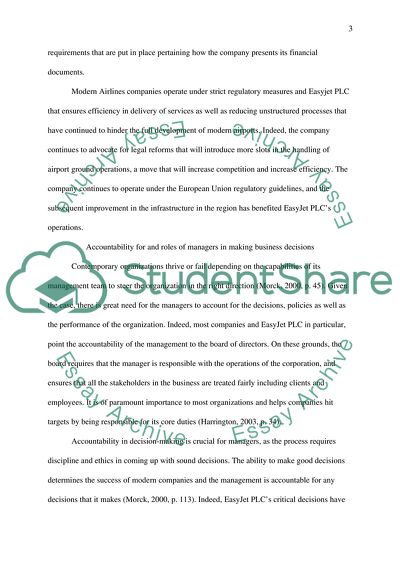Cite this document
(“Easyjet Plc Financial Report Analysis (Report) Essay”, n.d.)
Easyjet Plc Financial Report Analysis (Report) Essay. Retrieved from https://studentshare.org/marketing/1632408-easyjet-plc-financial-report-analysis-report
Easyjet Plc Financial Report Analysis (Report) Essay. Retrieved from https://studentshare.org/marketing/1632408-easyjet-plc-financial-report-analysis-report
(Easyjet Plc Financial Report Analysis (Report) Essay)
Easyjet Plc Financial Report Analysis (Report) Essay. https://studentshare.org/marketing/1632408-easyjet-plc-financial-report-analysis-report.
Easyjet Plc Financial Report Analysis (Report) Essay. https://studentshare.org/marketing/1632408-easyjet-plc-financial-report-analysis-report.
“Easyjet Plc Financial Report Analysis (Report) Essay”, n.d. https://studentshare.org/marketing/1632408-easyjet-plc-financial-report-analysis-report.


